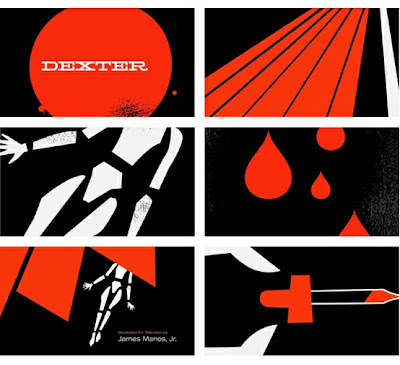mid-century design icon
saul bass
artist + designer + film maker
mid-century, modern design, graphic design, art director, design firm,
"I want to make beautiful things, even if knowbody cares." - bass
1920– 1996
mid-century, modern design, graphic design, art director, design firm,
Chances are you’ve seen the work of Saul Bass in the last 24 hours. Whether you’ve opened a phone bill from AT&T, consumed a bowl of oatmeal, or watched the shower scene from Psycho, you’ve encountered the powerful language of filmmaker, designer, Over his career, Bass would revolutionize the art of movie title design, reinvent the ways in which advertising campaigns were conceived and carried out, and basically change the foundations of visual communication in American popular culture.
He was not only one of the great graphic designers of the mid-20th century but the undisputed master of film title design thanks to his collaborations with Alfred Hitchcock, Otto Preminger and Martin Scorsese. His cut-out arm image caused a sensation and Saul Bass reinvented the movie title as an art form. By the end of his life, he had created over 50 film title sequences for Alfred Hitchcock, Stanley Kubrick, John Frankenheimer and Martin Scorsese. Although he later claimed that he found the Man with the Golden Arm sequence "a little disappointing now, because it was so imitated".
Bass studied at the Art Students League in New York and Brooklyn College under Gyorgy Kepes, a Hungarian graphic designer who had worked with László Moholy-Nagy in 1930s Berlin and fled with him to the US. Kepes introduced Bass to Moholy’s Bauhaus style and to Russian Constructivism. After apprenticeships with Manhattan design firms, Bass worked as a freelance graphic designer or "commercial artist" as they were called. Chafing at the creative constraints imposed on him in New York, he moved to Los Angeles in 1946.
PLAY THIS, 2 min.
Saul is awesome!
The New York Times hailed him as "the minimalist auteur who put a jagged arm in motion in 1955 and created an entire film genre…and elevated it into an art." Saul Bass died in Los Angeles in 1996.
OCEAN'S ELEVEN 1960
film stills
Bass was a pioneer in movie intro's, his vision is still present in today's films. Check out these "BASS INSPIRED INTRO'S" by Disney's MONSTER'S INC. and Speilberg's CATCH ME IF YOU CAN. see below,
film stills
Bass was a pioneer in movie intro's, his vision is still present in today's films. Check out these "BASS INSPIRED INTRO'S" by Disney's MONSTER'S INC. and Speilberg's CATCH ME IF YOU CAN. see below,
After freelancing, he opened his own studio in 1950 working mostly in advertising until Preminger invited him to design the poster for his 1954 movie, Carmen Jones. Impressed by the result, Preminger asked Bass to create the film’s title sequence too. He then directed a series of shorts culminating in 1968’s Oscar-winning Why Man Creates and finally realized his ambition to direct a feature with 1974’s Phase IV. When Phase IV flopped, Bass returned to commercial graphic design. His corporate work included devising highly successful corporate identities for United Airlines, AT&T, Minolta, Bell Telephone System and Warner Communications. He also designed the poster for the 1984 Los Angeles Olympic Games.
1.
2.
3.
1. 2. 3. MODERN DAY BASS INSPIRED WORK.
Bass's home in LA.
@ The Saul Bass exhibit
@ The Saul Bass exhibit
CLOCKERS : "RE-BASSED "
ANATOMY OF A MUDER : THE ORIGINAL BASS MASTER!
GREAT NEW BOOK!
SEARCH AMAZON BELOW
SEARCH AMAZON BELOW

















































